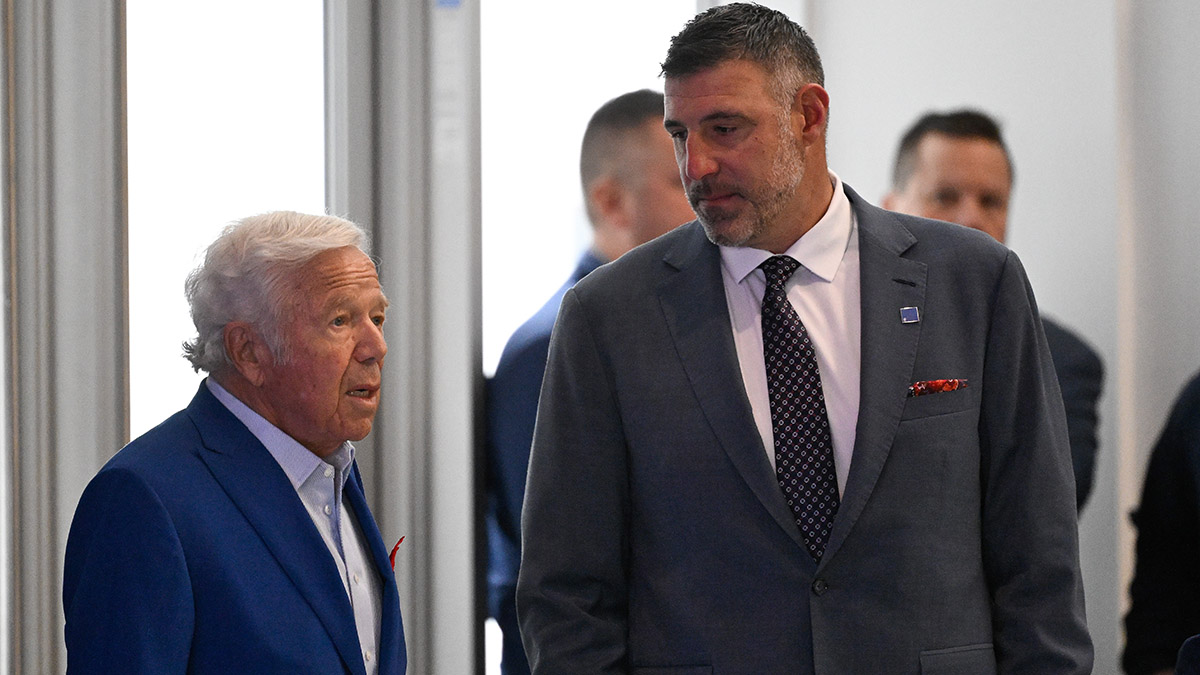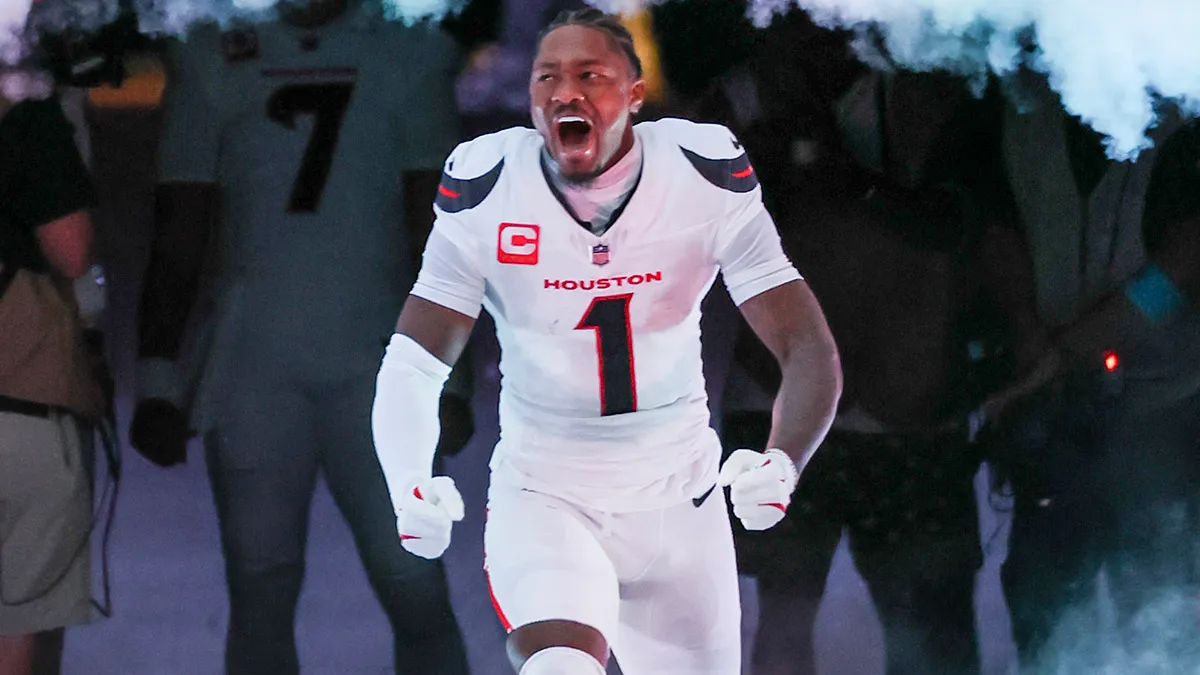Last month, Giants backup quarterback Colt McCoy was talking about how he can help starter Daniel Jones prepare for Jones’ second season in the league.
Drafted by the Browns in the third round of the 2010 draft, McCoy played eight games as a rookie. Then the 2011 lockout came and all the offseason time prior to training camp was wiped out before a new CBA was put in place.
Download the MyTeams app for the latest Patriots news and analysis
"I remember that lockout season being a real challenge for me," McCoy said, adding that it was probably “the worst thing that happened” in terms of his development.
McCoy started eight games for the Browns as a rookie and the first 13 games for the Browns in 2011 before a vicious hit by James Harrison of the Steelers ended his season. The Browns were 4-9 with McCoy. He threw 14 touchdowns and 11 picks and was replaced the next year by Brandon Weeden.
You’d think the hit from Harrison would rank above having the summer of 2011 off. But for any player hoping to make the leap that players make going from “know-nothing rookie” to second-year player the months from February through August are vital.
New England Patriots
Find the latest New England Patriots news, highlights, analysis and more with NBC Sports Boston.
It’s something Bill Belichick’s talked about many times. His best example of a player making a quantum leap after his rookie season is probably the guy who left town two months ago and now plays in Tampa Bay.
This year’s crop of second-year players – including the promising but still very green Jarrett Stidham – is currently missing out on the chance to make those advances.
They aren’t locked out like McCoy was. They can still meet remotely with coaches and make every effort to improve. But without the chance to sit in the same meeting rooms, develop chemistry, throw together, lift together and do all the vital things necessary to lay a foundation for second-year success, it’s less than ideal.
Bills coach Sean McDermott recently told Buffalo media that this time of year is geared to passing game improvement.
“We usually spend about 70 percent of our spring trying to shape our passing game,” McDermott said, via the Rochester Democrat & Chronicle. “There’s no pads on so not a lot of sense spending a whole lot of time on the run game in spring ball. In training camp it flips a little bit, starts to even out, maybe 60-40, 50-50, because you have pads on and you can work the 9-on-7 drills. That’s the biggest thing we’re missing, time on task in developing the passing game.”
Listen and subscribe to Tom E. Curran's Patriots Talk Podcast:
Stidham is the player with the most riding on his down-to-down mastery of the offense. But there are plenty of others – especially second-year wideouts N’Keal Harry and Jakobi Meyers and rookie tight ends Dalton Keene and Devin Asiasi – who will be dealing with either compressed offseasons or none at all.
It’s less than ideal.
Reason No. 237 that it’s a good thing Josh McDaniels didn’t leave for greener pastures in the offseason.
Meanwhile, if you’re wondering how the guys other than McCoy that lost one of their formative years after being drafted in 2010 or 2011, I have an answer for you.
The first five quarterbacks taken in 2010 were Sam Bradford, Tim Tebow, Jimmy Clausen, McCoy and Mike Kafka.
The 2011 crew? Cam Newton, Jake Locker, Blaine Gabbert, Christian Ponder and Andy Dalton. Colin Kaepernick was the sixth quarterback taken. The seventh was Ryan Mallett.
Just because there’s a pile of washouts there doesn’t mean Stidham and Jones are doomed. The 2013 class was E.J. Manuel, Geno Smith, Mike Glennon, Matt Barkley and Ryan Nassib with the first five picks.
Sometimes, no matter how much offseason time you have, it just doesn’t work out.


